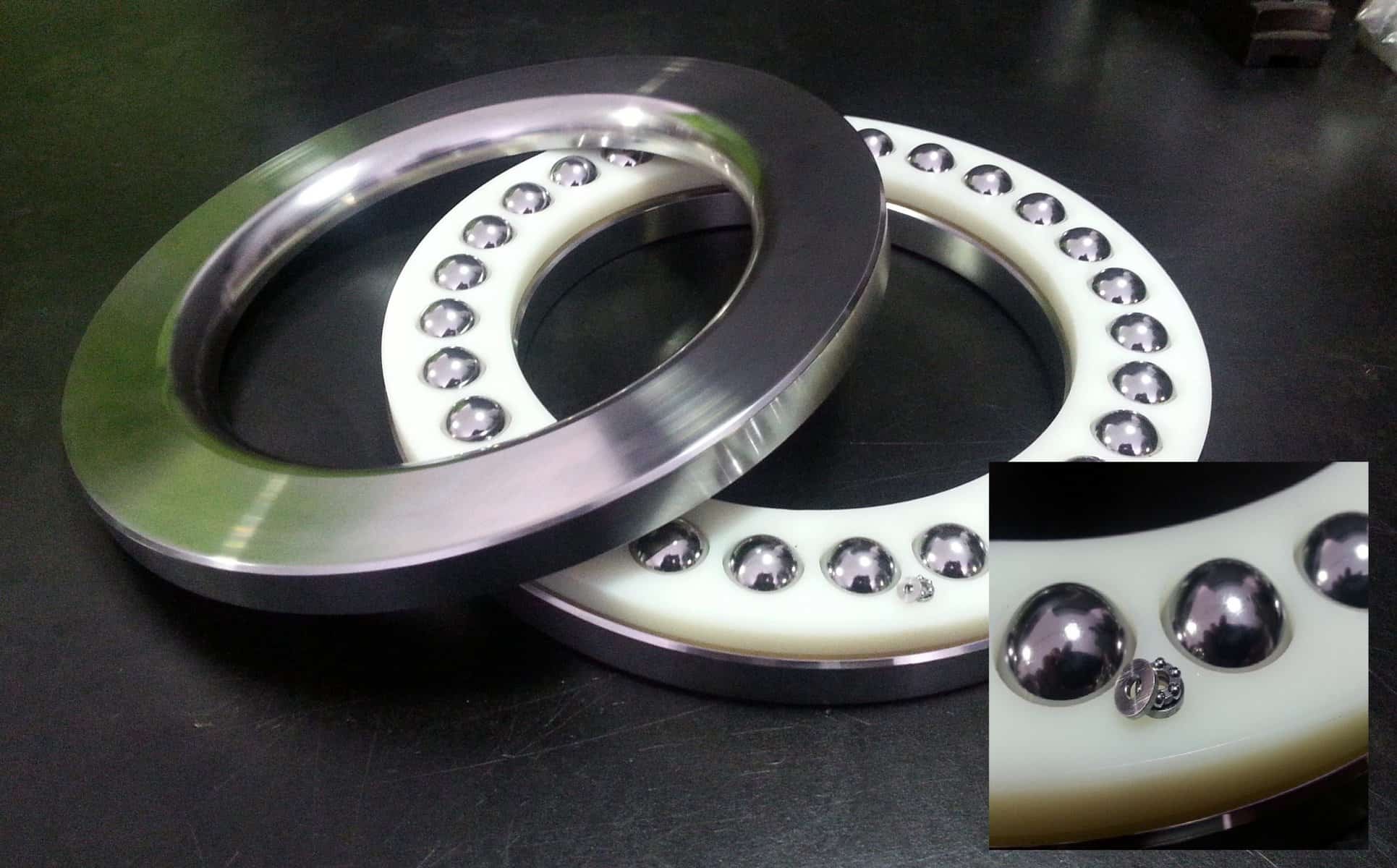Understanding Tapered Roller Bearings Imagine world
Understanding Tapered Roller Bearings Imagine world
Blog Article

Imagine a world where machinery runs smoothly, reliability is the norm, and downtime is a distant memory. This scenario is not just a dream; it’s achievable with the right choice of bearings. When it comes to heavy loads and demanding applications, the debate often boils down to two main contenders: tapered roller bearings and spherical roller bearings. Both types have distinct advantages and are tailored for specific challenges in various industries.
Understanding Tapered Roller Bearings
Tapered roller bearings are designed to handle both radial and axial loads, making them a popular choice in applications where heavy loads are present. Their unique cone shape allows them to accommodate these forces effectively. For instance, in the automotive industry, tapered roller bearings are commonly found in wheel hubs, where they provide the necessary support and stability.
One key advantage of tapered roller bearings is their ability to manage misalignment. This is particularly important in heavy machinery, where slight deviations can lead to increased wear and tear. The design permits a certain level of misalignment without compromising performance, thus extending the lifespan of the components and enhancing overall operational efficiency.
Exploring Spherical Roller Bearings
On the other hand, spherical roller bearings offer a different set of benefits. They are known for their ability to accommodate heavy radial loads and are particularly adept at handling misalignment due to their spherical design. This characteristic makes them an excellent choice for applications like mining equipment and construction machinery, where rugged conditions prevail.
For example, in a large excavator, spherical roller bearings are integral to the swing mechanism, enabling smooth operation even in harsh environments. Their robust design allows them to endure significant shock loads, which are common in heavy-duty applications. This durability is a critical factor that engineers consider when selecting bearings for demanding machinery.
[IMAGE]
Comparing Performance and Applications
When deciding between tapered and spherical roller bearings, it’s essential to consider the specific requirements of the application. Tapered roller bearings excel in applications requiring high axial load capacity alongside radial support, such as in gearboxes and wheel hubs. Their tapered shape allows for a more controlled distribution of forces, which can lead to improved performance in certain scenarios.
Spherical roller bearings, however, shine in situations where misalignment is a significant concern. Their self-aligning capability means they can maintain functionality even when the shaft is not perfectly aligned, making them ideal for industrial applications where conditions can vary drastically. Industries like construction and agriculture often prefer these bearings due to their resilience and reliability in challenging environments.
Cost Considerations
Cost is another factor that often influences the decision. Tapered roller bearings might be seen as a more economical choice for applications that do not experience extreme loads or misalignment. However, the initial investment in spherical roller bearings may pay off in the long run due to their durability and lower maintenance costs. Companies often weigh these factors carefully, considering both immediate and future expenses.
Understanding the nuances between these two types of bearings can significantly impact operational efficiency. For a deeper dive into the specifics of each option, visit http://aubearing.com/tapered-roller-bearings-or-spherical-roller-bearings/, where more information can guide your decision-making process.
Final Thoughts
In conclusion, the choice between tapered and spherical roller bearings ultimately depends on the application's unique demands. By assessing load capacities, alignment issues, and cost considerations, engineers and procurement specialists can make informed decisions that enhance machinery performance and longevity. Whether it’s ensuring the smooth operation of vehicles or the heavy machinery in construction, selecting the right bearing is crucial for success.
Report this page